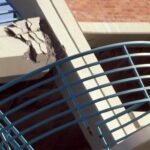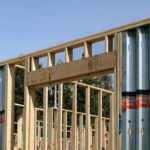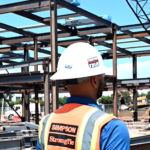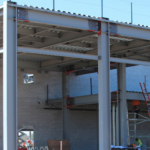This blog was co-written for the webinar by Curt Haselton, Ph.D., P.E., Founder and CEO Haselton Baker Risk Group and Jeff Ellis, P.E., S.E., SECB, Director of Codes and Compliance at Simpson Strong-Tie.
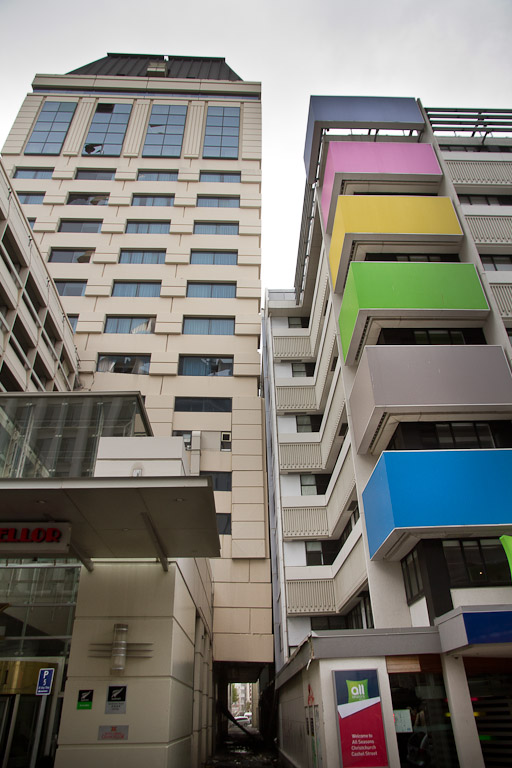
It’s becoming more widely known among the public that building code design is aimed at ensuring building safety but not at ensuring building function after an earthquake. (In other words, a safe but disposable building is acceptable for code compliance.) This realization has promptedt numerous recent government efforts to consider Functional Recovery (limiting building downtime) as an additional important goal in the design of new buildings — so as to create buildings that are resilient rather than disposable. Structural engineering organizations such as SEAOC and NCSEA are also working hard to establish approaches to resiliency-based design.
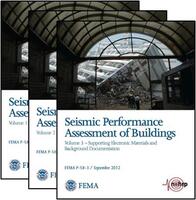
Major advances have taken place in recent years to better enable resiliency-based design. The first advance is the introduction of new structural systems that are intentionally designed to resist loading, such as from earthquakes, with limited damage and/or easy repair. The second advance is the release of the FEMA P-58 risk analysis method, which enables engineers to better quantify the resilience of a building in terms of dollars (repair) and downtime (recovery time), accounting for not only structural systems, but also nonstructural items (finishes, equipment, etc.). With these two advances, engineers can now develop resilient designs for many types of structures to meet specific performance goals such as, say, designing a building to be up and running in less than a week after a large earthquake.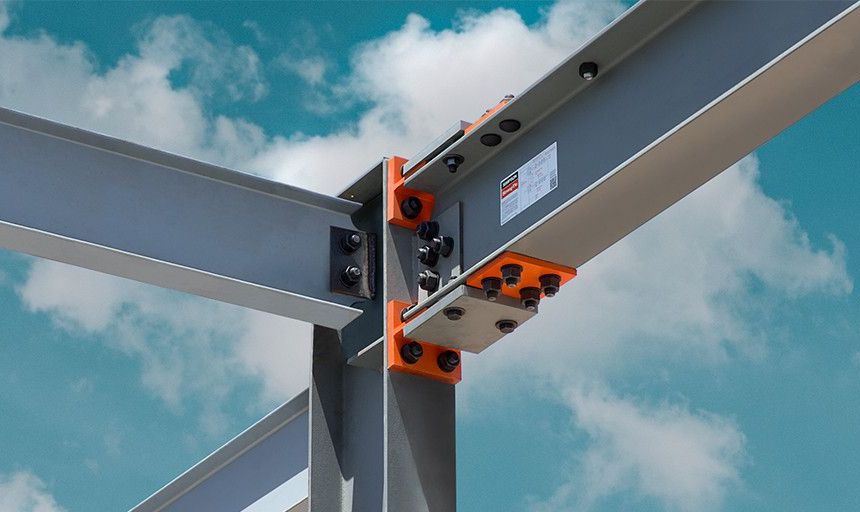
An exciting recent development specific to resilient design with steel frames is the creation of the new steel special moment frame Yield-Link® connection by Simpson Strong-Tie (pictured above). This system has replaceable structural fuses that are both ductile and easy to replace after an earthquake. Additionally, the FEMA P-58 analysis method has been recently extended to enable quick and comprehensive resiliency assessment of the Yield-Link® connection, a capability implemented in the HB Risk Seismic Performance Prediction Program, SP3. Engineers now have the ability to do quantitative resiliency-based design using the Yield-Link® system through an efficient process that does not typically add much more time to their overall design effort. This will help them better inform the building owner of the building’s expected performance and life-cycle costs, offering more value to their clients. These advances are helping build more resilient buildings and communities.
We hosted a 90-minute live webinar covering the recent research and development that enabled the FEMA P-58 resiliency assessment of the Yield-Link® connection and how it can be used by structural engineers for resilient design. This recorded webinar can be viewed here.
 Co-Author: Curt Haselton
Co-Author: Curt Haselton
Ph.D., P.E., Founder and CEO Haselton Baker Risk Group
Curt is a leader in the field of structural earthquake engineering, with recent work focusing on building code development, building collapse safety assessments, and earthquake damage and loss estimation. In addition to his role as co-founder and CEO of HB Risk, he is a Professor and Department Chair in Civil Engineering at California State University, Chico . He received his Ph.D. in Structural Engineering from Stanford University in 2006. Among his awards, Curt received the 2013 Shah Family Innovation Prize from the Earthquake Engineering Research Institute, honoring an individual under the age of 35 for creativity, innovation and an entrepreneurial spirit in earthquake risk mitigation and management.




